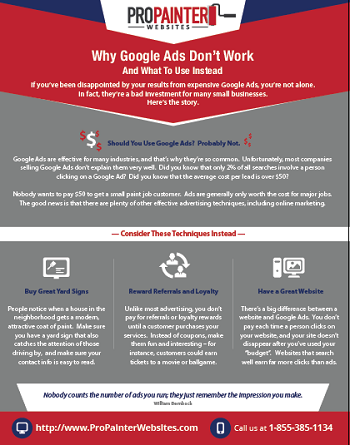Understand How Seasonal Problems Affect The Success Of Industrial External Paint And Learn The Excellent Durations To Ensure Durable End Results For Your Task
Understand How Seasonal Problems Affect The Success Of Industrial External Paint And Learn The Excellent Durations To Ensure Durable End Results For Your Task
Blog Article
Personnel Writer-Regan Browne
When you're intending an industrial external painting project, seasonal aspects can make or break your results. You'll want to consider exactly how temperature level and humidity impact paint application and drying times. Picking the right period can ensure your paint sticks effectively and lasts much longer. Yet which seasons are absolutely the best for this kind of work? Let's discover the key elements that can affect your project's success.
The Effect of Temperature on Paint Application
When you're preparing an industrial external paint project, the temperature can substantially impact how well the paint sticks and dries.
Ideally, you wish to paint when temperature levels vary between 50 ° F and 85 ° F. If it's too cool, the paint might not heal effectively, causing concerns like peeling off or fracturing.
On the flip side, if it's also warm, the paint can dry out as well quickly, protecting against proper adhesion and leading to an irregular coating.
federal painter in mn should additionally consider the moment of day; morning or late afternoon provides cooler temperatures, which can be much more beneficial.
Always examine interior residential painting for the specific paint you're utilizing, as they commonly give assistance on the suitable temperature level range for optimal results.
Humidity and Its Result on Drying Times
Temperature isn't the only environmental variable that influences your business outside paint task; moisture plays a significant function too. High moisture degrees can decrease drying times considerably, influencing the total quality of your paint work.
When the air is saturated with moisture, the paint takes longer to cure, which can cause issues like inadequate attachment and a greater threat of mold growth. If you're painting on a specifically damp day, be gotten ready for extended delay times between layers.
It's critical to check local climate condition and strategy accordingly. Preferably, go for exterior painting indianapolis between 40% and 70% for ideal drying.
Keeping these factors in mind ensures your job remains on track and delivers a long lasting surface.
Best Seasons for Commercial Outside Paint Projects
What's the best time of year for your business outside painting projects?
Spring and very early autumn are generally your best options. Throughout these periods, temperatures are mild, and moisture levels are commonly reduced, creating ideal problems for paint application and drying out.
Prevent summertime's intense heat, which can create paint to dry as well promptly, resulting in poor adhesion and finish. Likewise, winter season's chilly temperature levels can hinder correct drying out and curing, risking the long life of your paint job.
Aim for days with temperature levels between 50 ° F and 85 ° F for optimum outcomes. Keep in mind to inspect the local weather forecast for rain, as damp problems can ruin your job.
Planning around these factors ensures your paint task runs smoothly and lasts longer.
Final thought
To conclude, preparing your industrial external paint projects around seasonal factors to consider can make a substantial distinction in the end result. By scheduling work during the optimal temperatures and humidity degrees, you'll make sure much better bond and drying out times. Remember to watch on local weather prediction and pick the correct time of year-- spring and very early fall are your best options. Taking these steps will certainly aid you accomplish a sturdy and specialist finish that lasts.
